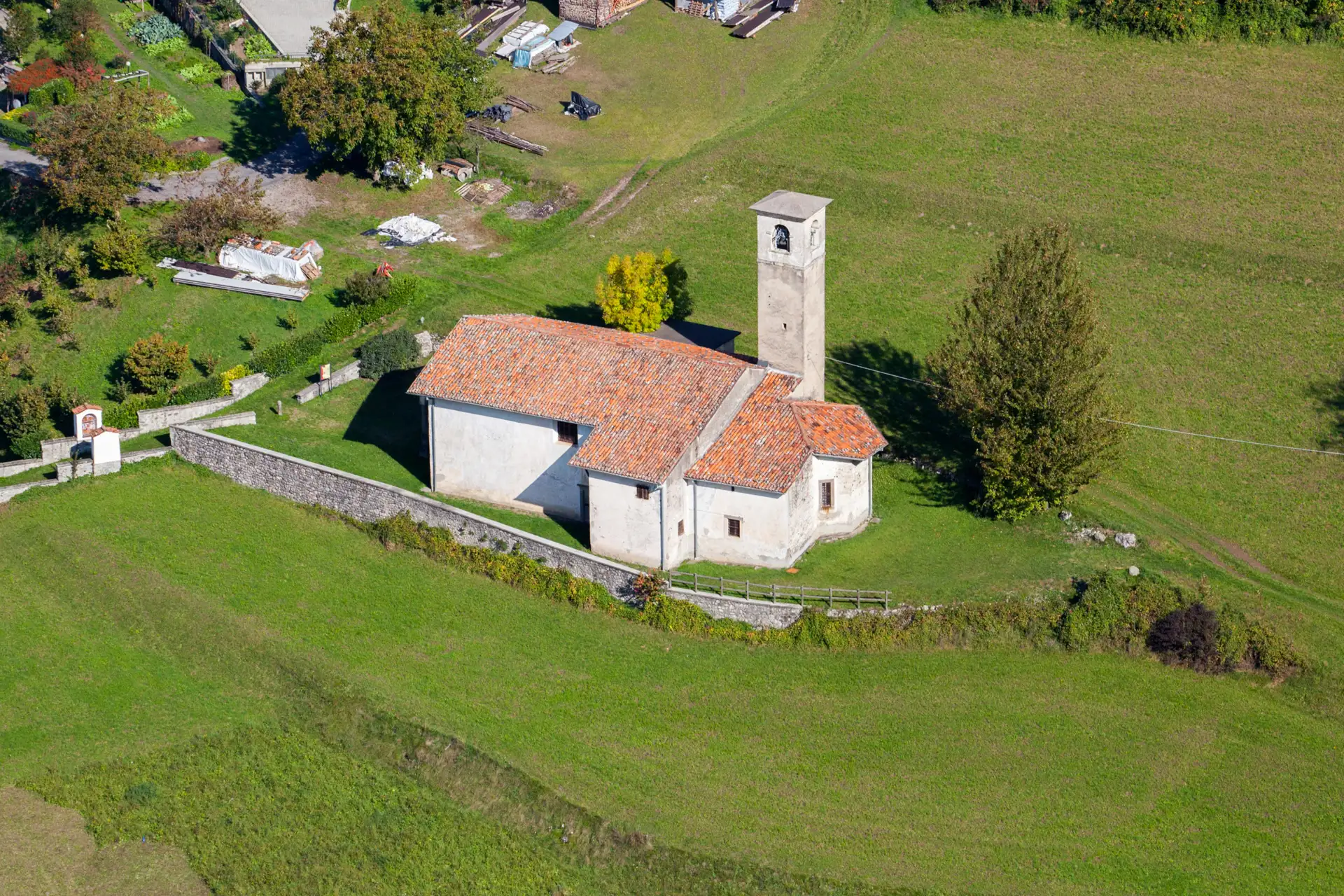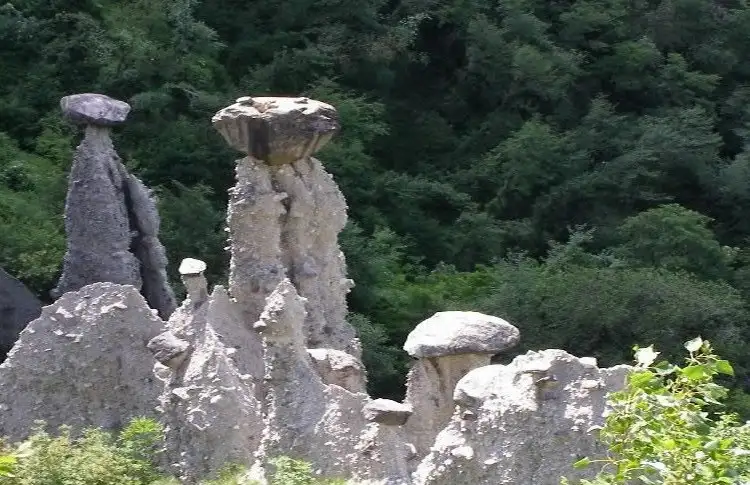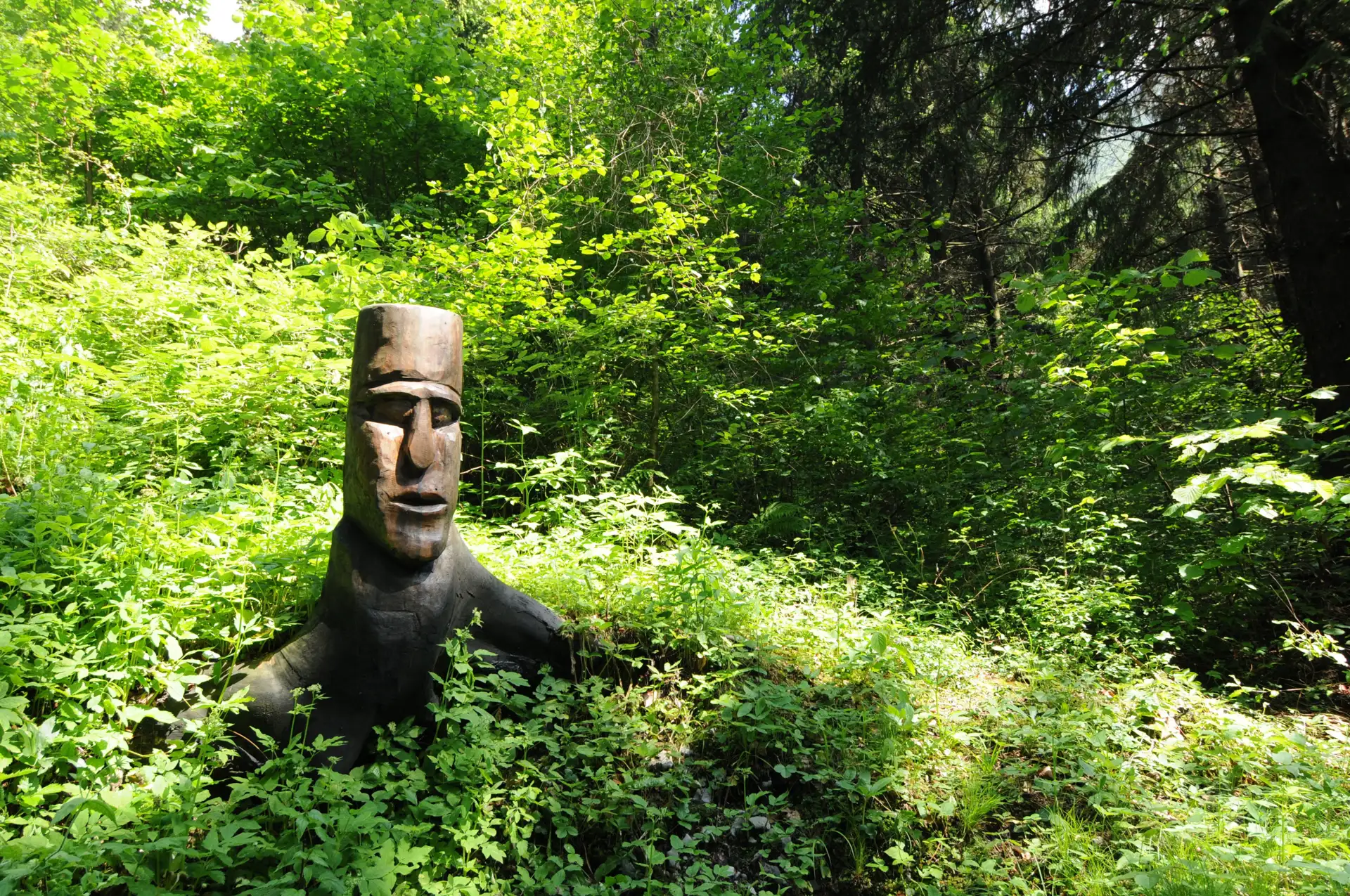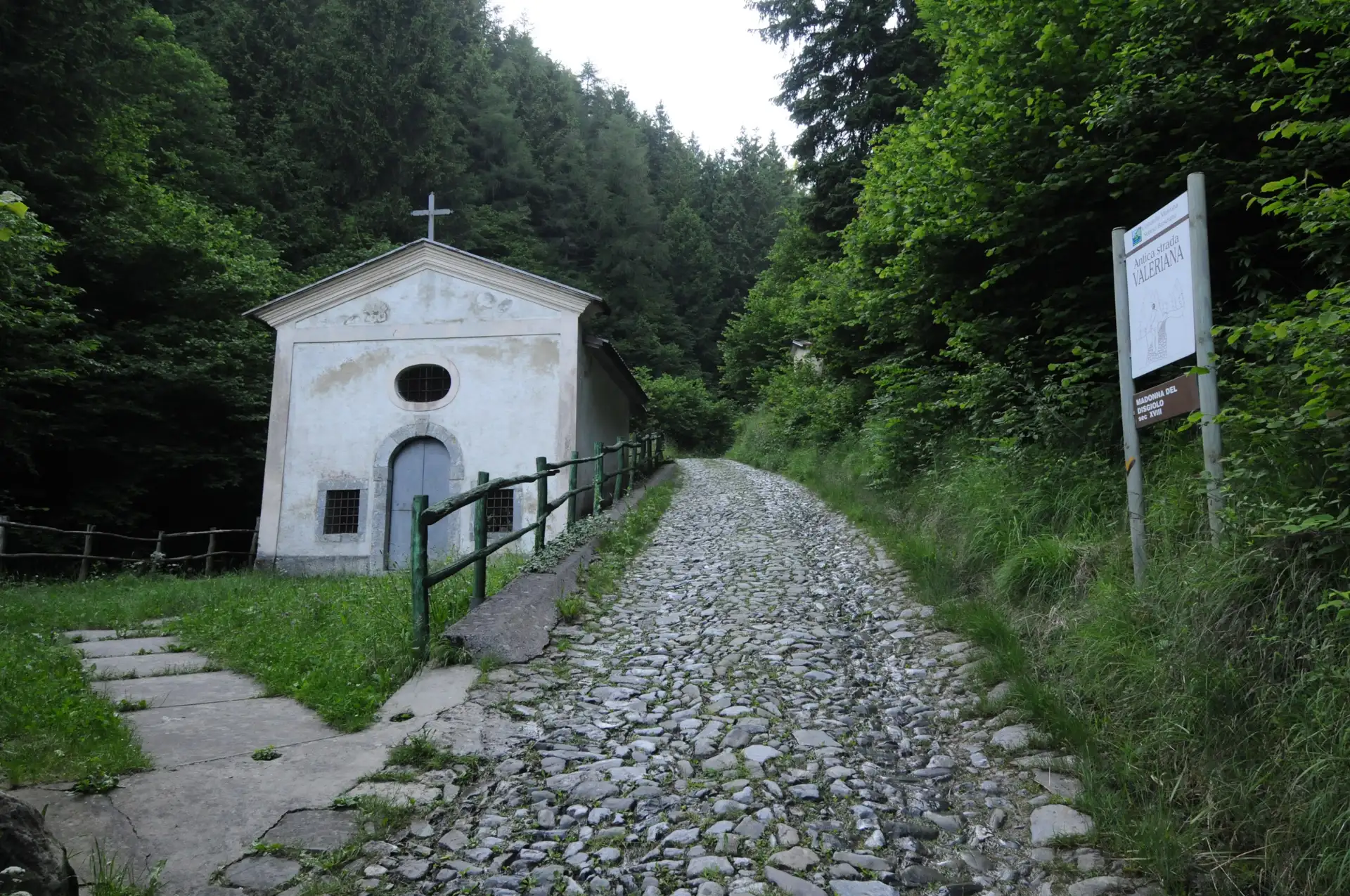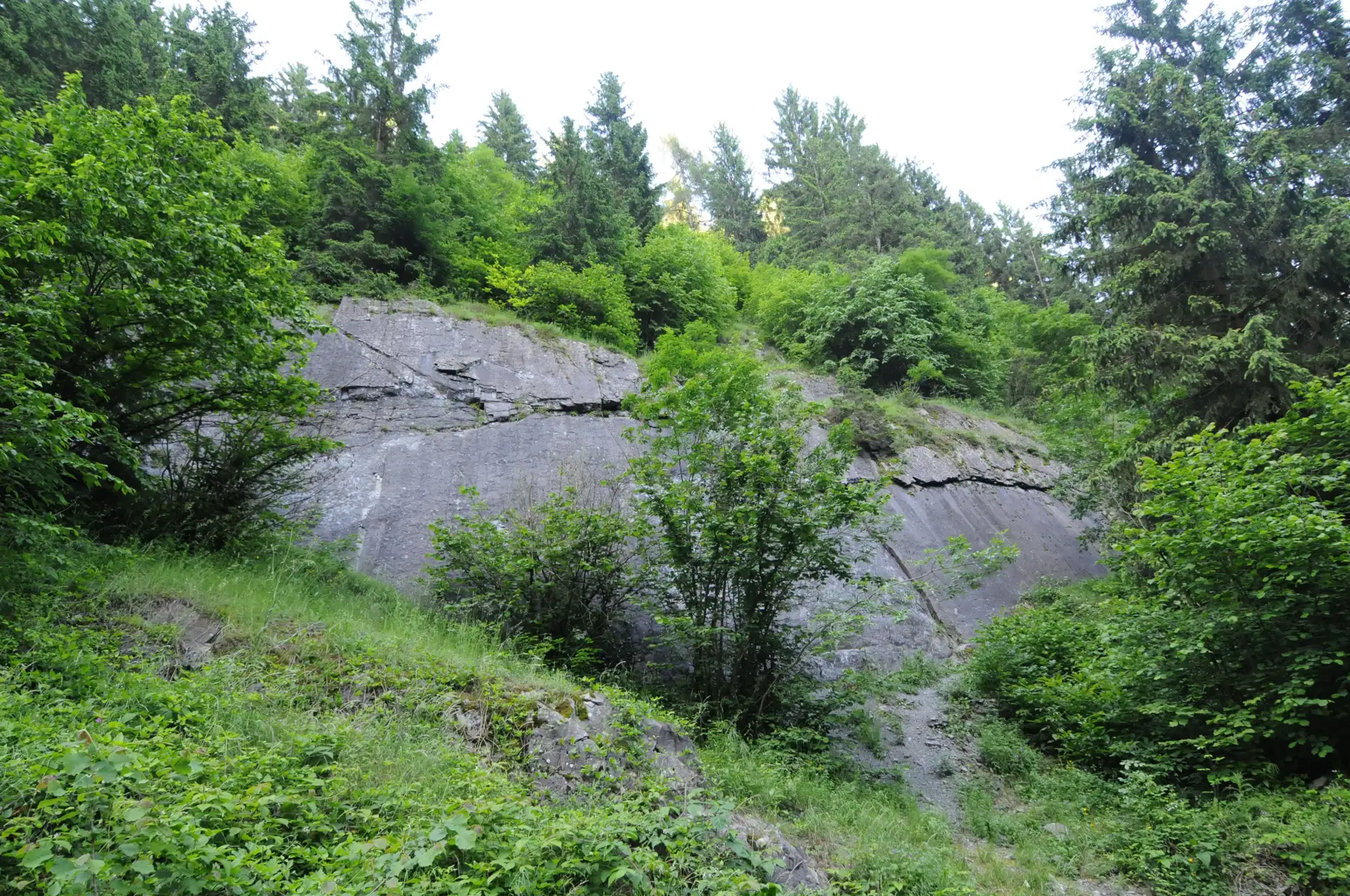
Dinosaur footprints
After careful analysis by researchers, the importance of the footprints discovered in Zone is becoming increasingly clear. They date back to large archosaur reptiles, ancestors of crocodiles and dinosaurs. There are about seventy footprints, divided into five sequences of steps, and probably more remain hidden by vegetation and rock layers above and below.
These are the earliest reptile footprints dating back to the beginning of the dinosaur era in Lombardy, and they are the largest and best preserved in Italy.
Moreover, according to experts, they also help date the rocks and dinosaur fossils discovered in other parts of the world; in this way, they aid in understanding the evolution of reptiles that later became dinosaurs. Although known for a long time by the inhabitants of Zone, these footprints have only recently come to the attention of researchers, composed of experts from the Natural History Museum of Milan, the Tridentine Museum of Natural Sciences, the Civic Museum of Natural Sciences of Brescia, and the University “La Sapienza” of Rome.
There are five sequences of steps (“tracks” is the term used by paleontologists) crossing two nearly vertical rock layers in various directions, covering an overall surface of about 50 square meters. Around 220 million years ago, these layers were part of a vast muddy plain crossed by rivers flowing into a shallow tropical sea.
About 15 million years ago, when the Alps began to fold, the ancient deposits, now rock, were uplifted and positioned vertically as we see them today. All footprints belong to quadrupedal animals, plantigrade or semi-plantigrade dinosaurs, ranging from 2 to 6 meters in length.
These animals had a very narrow and rather linear gait, indicating a body structure with limbs positioned vertically under the body. The front legs were smaller than the hind legs, and the hands touched the ground with a characteristic rotation relative to the feet. In the best-preserved footprints, five toes can be clearly counted on both hands and feet, along with impressions of claws, as well as roughly outlined pads and heels.
Since we do not possess the skeletons of all animals that lived in the Triassic, it has not been possible to identify with certainty which animals these footprints belonged to.

